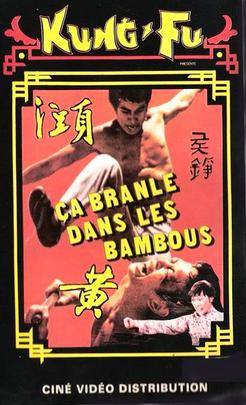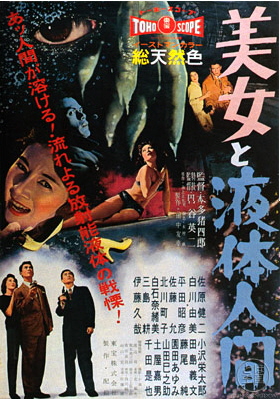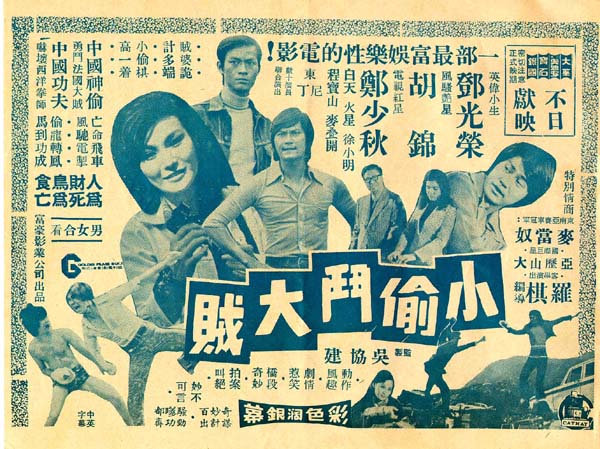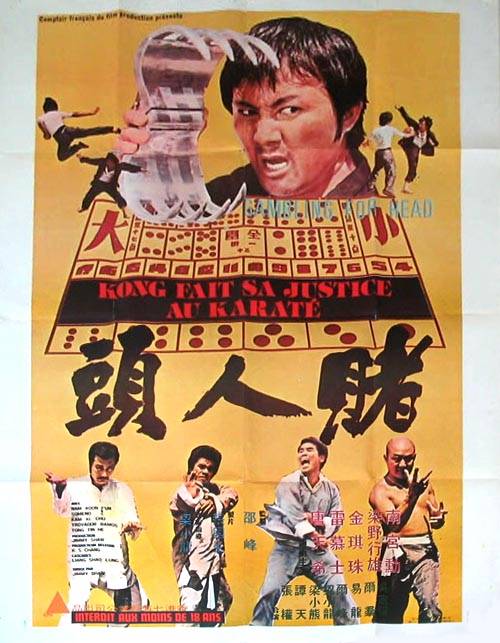1984
Director: Chang Cheh
Starring: Ti Lung, David Chiang, Chen Kwan Tai, Liang Chia Jen, Andy Lau, Wang Yu Chiang Sheng, Lu Feng and oh, so many others...
The year was 1984 and the once mighty Shaw Bros. studio was on it's last legs. Legendary director Chang Cheh had left the studio a year earlier, his magnum opus Five Element Ninja being his last hurrah. He continued to make films independently in Taiwan. His first two features, Attack of the Joyful Goddess and The Nine Demons were both near disastrous fantasies that did a disservice to his reputation. Coming up on his 100th film, Chang apparently wanted to do something special (and wasn't about to let a complete lack of budget stand in his way). Assembling a Dream Team, who's who of former and current superstar proteges (ranging from the original kung fu movie star, Jimmy Wang Yu to up and comer Andy Lau), Chang wrote, produced and directed Shanghai 13, the Destroy All Monsters of old school kung fu movies.
Our story is set during the last days of The Republic when China was under the threat of invasion by the Japanese. Discovering a plot that would turn China into a Japanese colony, a government minister by the name of Mr. Gau steal incriminating documents. With the help of the underground, the "13 Rascals", Gau must make his way through Shanghai to board a boat to Hong Kong where he will present his evidence. But the traitors have their own contacts in the criminal world (including several members of the 13 Rascals who have defected). Without knowing exactly whom he can and cannot trust, Gau finds his path growing more dangerous by the moment.
From this plot setting, Chang unleashes a series of pitched battles that are probably the most exciting in his twenty plus year career. Starting off slowly (Both Wang Yu and Chen Kwan Tai start off the movie in essentially non fighting roles), the film gets it's main plot device out of the way during the first thirty minutes. From there, it moves from one blistering martial arts battle to the next with each sequence managing to top the previous one. It truly was a thrill to see so many top name fighting stars from the past (and a few from the present) go at it with fairly reckless abandon. The choreography combined the traditional 70s style combat with 80s style speed to make for an irresisitable viewing experience. Highlights include former Venom Lu Feng battling first Liang Chia Jen and then Andy Lau, a big time battle in a casino featuring an aging but still lithe David Chiang and the finale at the dock which features a mustached Ti Lung (with cap and pipe!) vs. the legendary Chen Sing as well as current Chang fave, Cheng Tien Chi. For fans of old school style fighting, it just doesn't get much better than this.
That isn't to say that Shanghai 13 is perfect. Far from it, in fact. The non exisitent budget and apparent rushed film schedule (both of which are especially regretful considering the amount of talent going on both in front of and behind the camera) reveals itself in the form of some sloppy editing and so-called sets that couldn't decide if they took place in the designated era of the 1930s or 1984 when the film was actually shot.
Despite these quibbles, there is no way I'm going to give Shanghai 13 anything less than my highest recommendation. It's just too much damn fun. One of the great ones far as I'm concerned.
On a side note, the opening credits feature an incredible guitar riff which was lifted from the Death Wish 2 soundtrack, composed by Jimmy Page. Wonder if Jimmy knows his music was used for a kung fu movie?...
***1/2 / ****
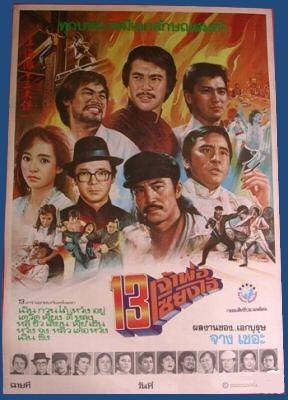

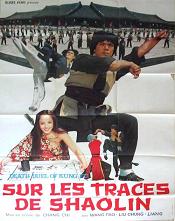



.jpg)



